Evaporating Dishes
Evaporating Dishes Description
Complies with DIN 12336
Manufactured from Boro 3.3 glass
High resistance to chemical attack and thermal shock
Flat Base
Curved sides with spout
An evaporating dish is a piece of laboratory glassware used for the evaporation of solutions and floating liquids and sometimes to their melting point. Evaporating dishes are used to evaporate excess solvents like water to produce a concentrated solution or a solid precipitate of the dissolved substance.
Most are made of porcelain or borosilicate glass. Shallow glass evaporating dishes are commonly termed – watch glasses since they resemble the front window of a pocket watch. Some used for high-temperature work are refractory metals, usually platinum, owing to their non-reactive behavior and low risk of contamination. The capacity of evaporators is usually small – in the range of 3–10 ml. Larger dishes, up to 100 ml, are different in shape and are more hemispherical. The evaporator is used most often in quantitative analysis.
In the determination of silicon content in an organic sample, a small and accurately measured quantity of a substance is added to the large amount of sulfuric acid, and then heated in an evaporating dish. The dish is heated with a Bunsen burner, until only stable precipitate remains, which contains the silica content. The dish is then closed and heated at high temperature until completely clean, fused silica is produced. Comparison of the initial weight of the substance and that of the fused silica allows the content of silicon in the sample to be determined.
Advantage of evaporation dish shape
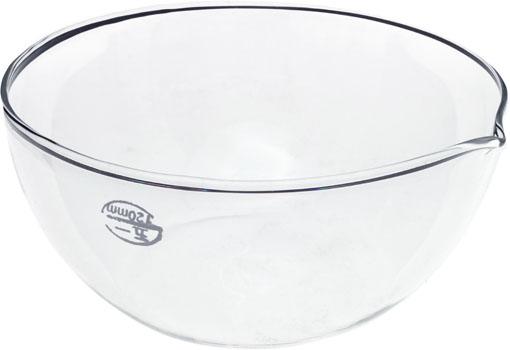

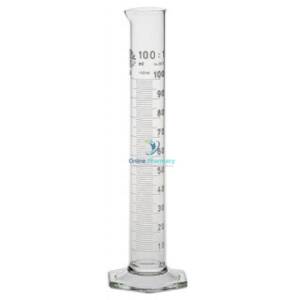



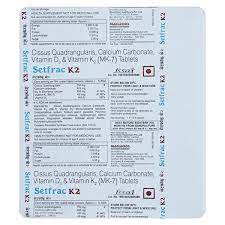


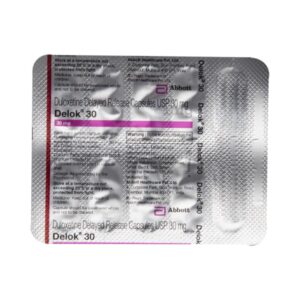
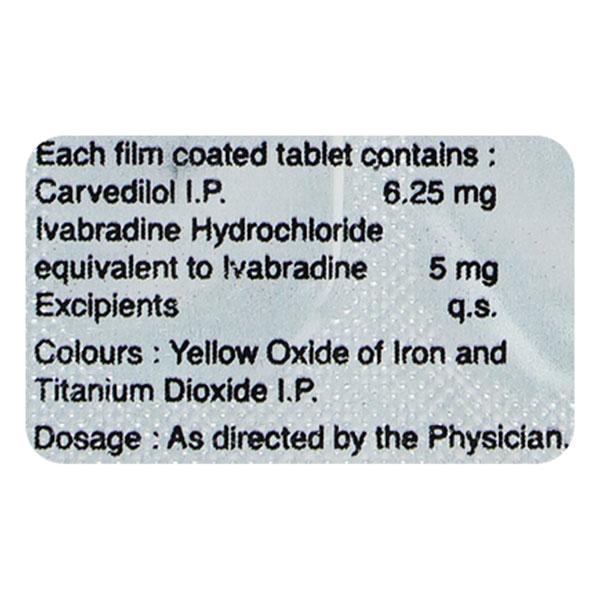

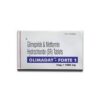


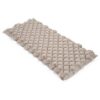




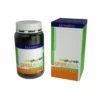
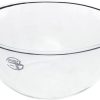
Reviews
There are no reviews yet.